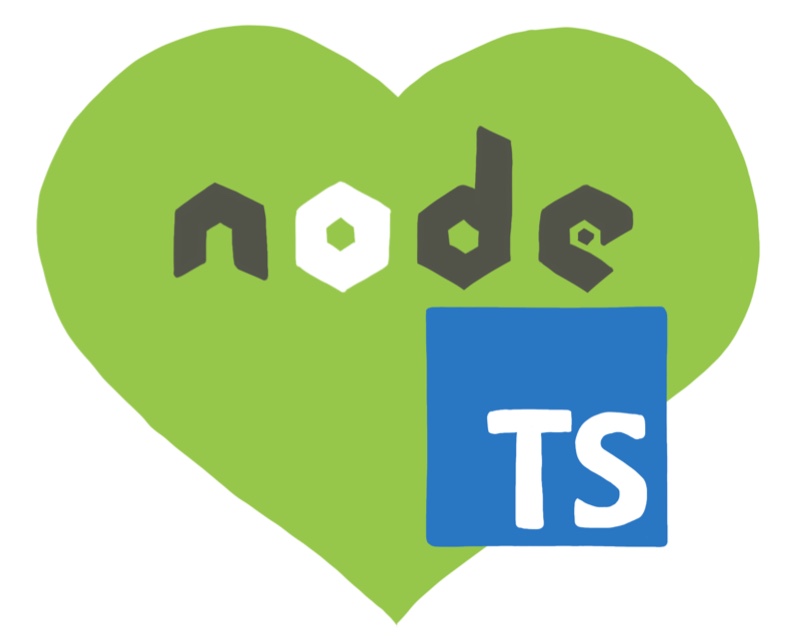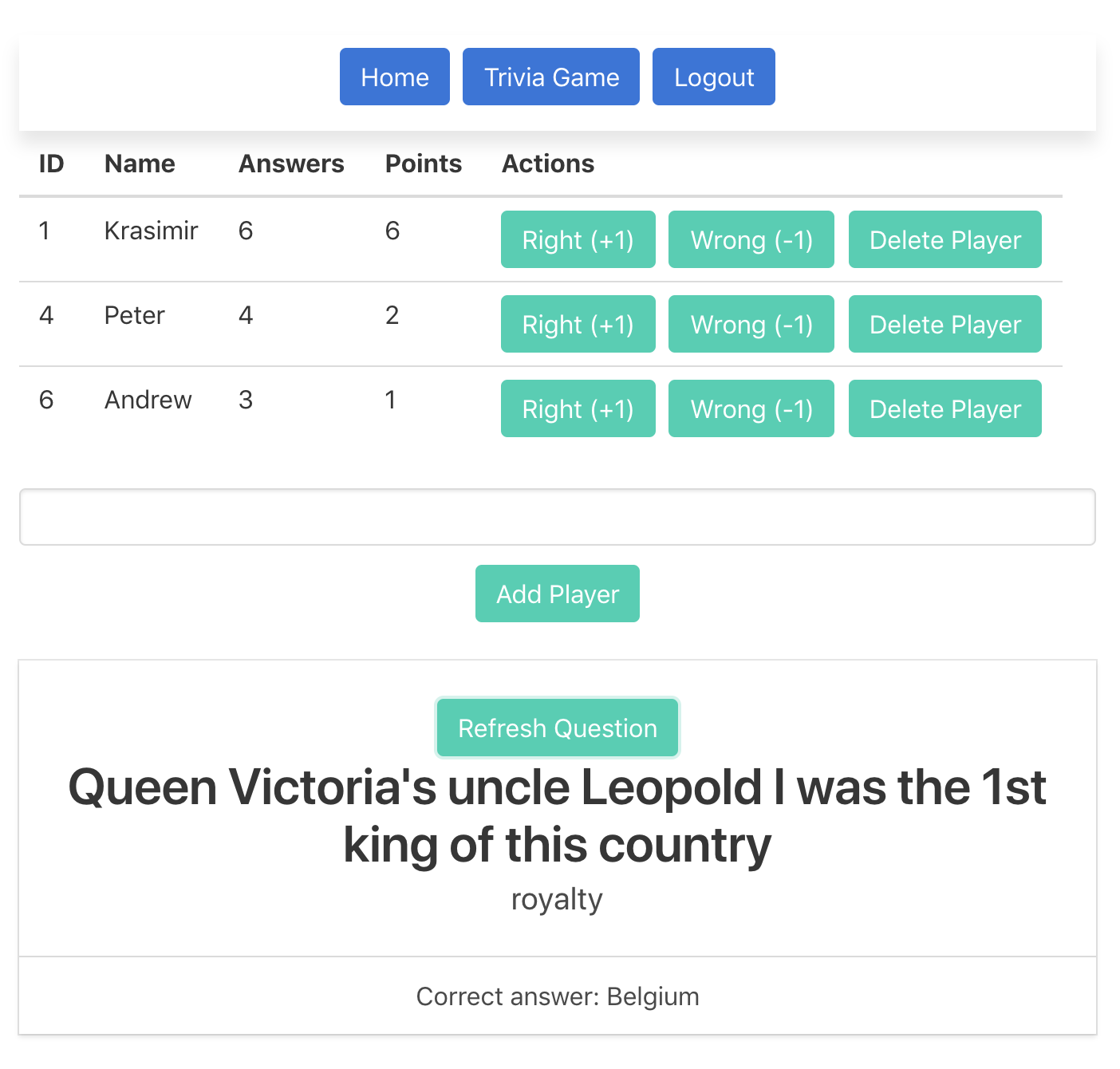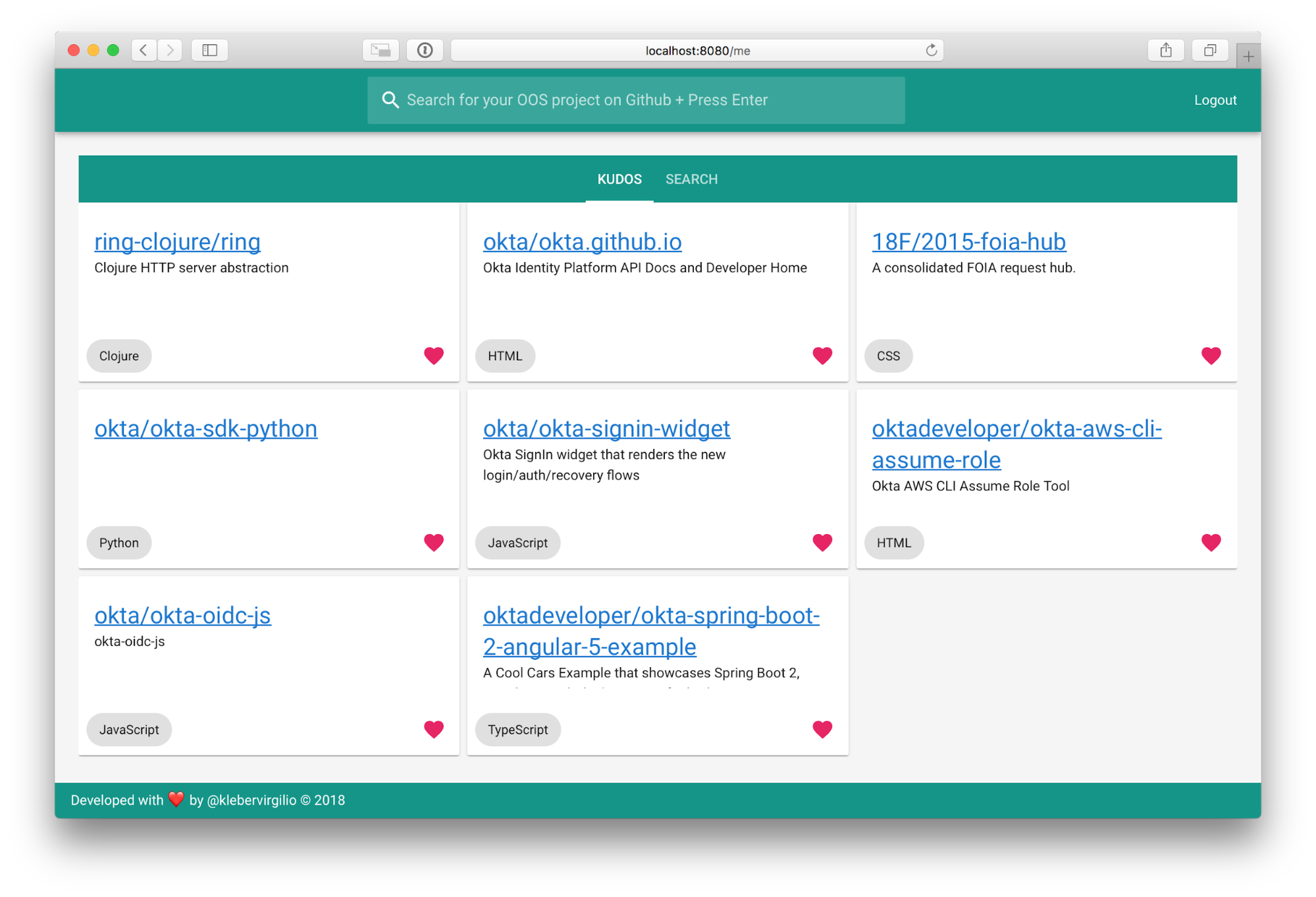Use TypeScript to Build a Node API with Express

Like it or not, JavaScript has been helping developers power the Internet since 1995. In that time, JavaScript usage has grown from small user experience enhancements to complex full-stack applications using Node.js on the server and one of many frameworks on the client such as Angular, React, or Vue. Today, building JavaScript applications at scale remains a challenge. More and more teams are turning to TypeScript to supplement their JavaScript projects. Node.js server applications can...
Create and Verify JWTs with Node

Authentication on the internet has evolved quite a bit over the years. There are many ways to do it, but what worked well enough in the 90s doesn’t quite cut it today. In this tutorial, I’ll briefly cover some older, simpler forms of authentication, then show you how a more modern and more secure approach. By the end of this post, you’ll be able to create and verify JWTs yourself in Node. I’ll also show...
Tutorial: Create and Verify JWTs in Java

Java support for JWT (JSON Web Tokens) used to require a lot of work: extensive customization, hours lost resolving dependencies, and pages of code just to assemble a simple JWT. Not anymore! This tutorial will show you how to use an existing JWT library to do two things: Generate a JWT Decode and verify a JWT You’ll notice the tutorial is pretty short. That’s because it’s that easy. If you’d like to dig deeper, take...
Add Secure Authentication to your WordPress Site in 15 Minutes

Do you run a WordPress site and want to avoid managing a separate list of user accounts? Have you ever wanted to add two-factor authentication to WordPress? Typically WordPress keeps its own database of usernames and passwords, but if you run multiple websites, I’m sure you’re familiar with the pain of keeping lists of users in sync. Wouldn’t it be great if you could manage all your users in one place, letting them log in...
Build a Basic CRUD App with Angular and Node

In recent years, single page applications (SPAs) have become more and more popular. A SPA is a website that consists of just one page. That lone page acts as a container for a JavaScript application. The JavaScript is responsible for obtaining the content and rendering it within the container. The content is typically obtained from a web service and RESTful APIs have become the go-to choice in many situations. The part of the application making...
Add Login to Your ASP.NET Core MVC App

One of the improvements in the latest version of ASP.NET Core (MVC ) is a new and simplified authentication integration. However, managing authentication on your own is still a considerable burden. Not only do you need to handle signup and login, but you also have to set up the database, manage security aspects of registration and login, and take care of session management. Since the integration of external auth providers has never been more comfortable,...
Tutorial: Build a Basic CRUD App with Laravel and Angular

Laravel is a popular PHP framework for Web application development and it’s a pretty good choice if you’re starting a new project today for multiple reasons: Laravel is a well-architectured framework that’s easy to pick up and write elegant code, but it’s powerful as well. It contains many advanced features out-of-the-box: Eloquent ORM, support for unit/feature/browser tests, job queues, and many more. There’s an abundance of great learning resources and it boasts one of the...
Build a Single-Page App with Go and Vue

Single-Page Applications (SPAs) improve user experience by offering rich UI interactions, fast feedback, and the relief of knowing you don’t need to download and install a traditional application. Browsers are now operating systems and websites are apps. While a SPA isn’t always the answer, for apps that rely on snappy user interaction they are increasingly common. To the end user, a well-designed SPA feels like rainbows and unicorns. From the developer perspective, reality can often...
Stolen Access Tokens and You

What never dies, spreads rampantly, and is guaranteed to bite you? You guessed it: Stolen access tokens! In recent weeks, we’ve seen a number of hacks around OAuth access tokens. As much as we’d like to blame the underlying technology, it’s more out of misuse and misunderstanding than anything else. No matter who it is, the outbreak is the same: A website uses OAuth with little to no granularity in scopes The website issues an...
Simple Token Authentication for Java Apps

JSON Web Tokens have quickly become the standard for securing web applications, superseding older technologies like cookies and sessions. Used properly, they address a range of security concerns, including cross-site scripting attacks (XSS), man-in-the-middle attacks (MITM), and cross-site request forgery (CSRF). They also give us the benefit of inspectable metadata and strong cryptographic signatures. In this post, I’ll take a deep dive into JWTs. First, I’ll cover some theoretical ground explaining how they work. After...